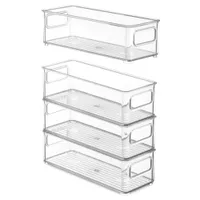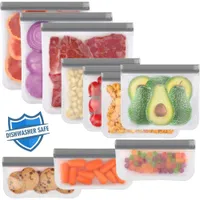Try these freezer storage and organization hacks to double your space
Keeping on top of your freezer storage can not only save space but also time and stress

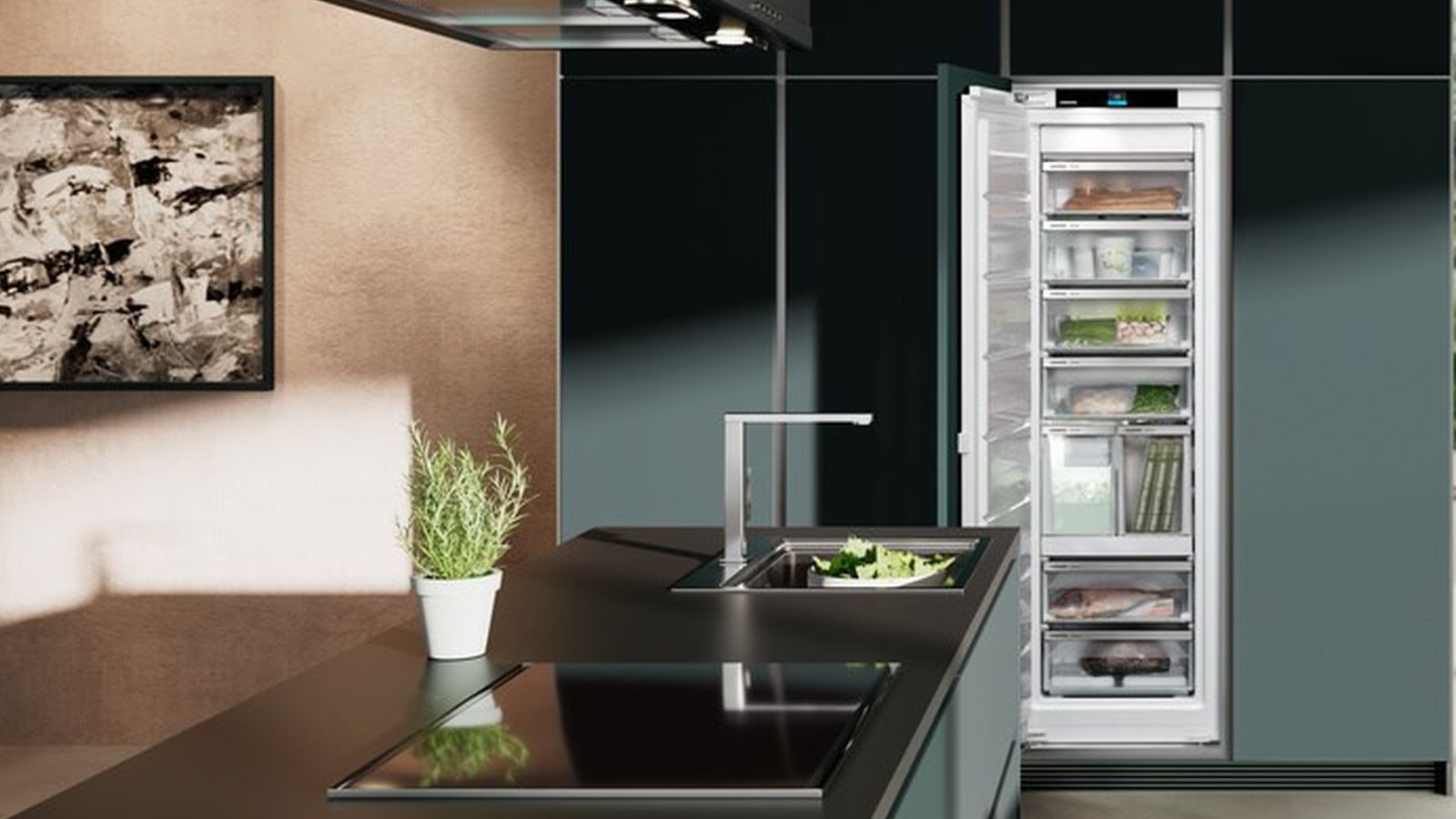
At some point or another, we've all felt the frustration of trying to fit those extra groceries in the freezer when space is limited, or we've struggled to access items buried at the bottom. If you regularly experience this, you may require some hacks to double your freezer space.
The simple solution to avoid such issues? Use proper storage and organization techniques to ensure you have extra space and easy access to food.
So, whether you're dealing with a small freezer or you simply want to keep it better organized, we have you covered to make every inch count.
Freezer storage and organization hacks
From proper food packaging techniques to useful buys, these tips can help you say goodbye to cluttered shelves and wasted space and hello to an organized freezer that works hard for you.
1. Freeze food flat for stacking
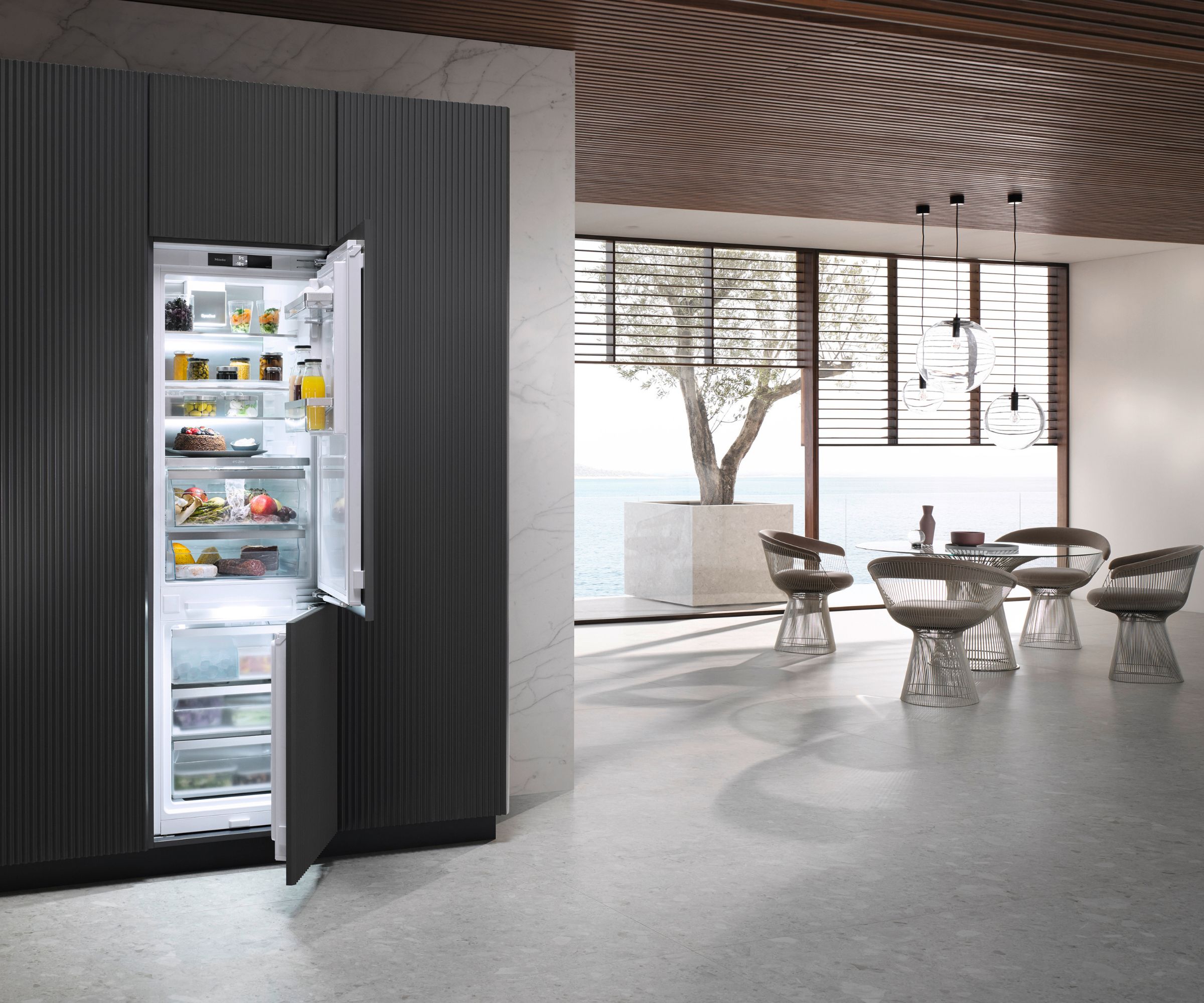
'One effective strategy to save space is to use flat, reusable storage bags for freezing liquids like soups, broths, and sauces,' advises Jessica Randhawa, owner at The Forked Spoon.
'After filling the bags, lay them flat in the freezer until solid. This makes it easier to stack other items on top or fit them alongside other frozen goods. This way, you can see and fit more items,' she explains. 'Additionally, flat-frozen items thaw more quickly, reducing preparation time for meals.'
2. Utilize vertical space with adjustable shelves
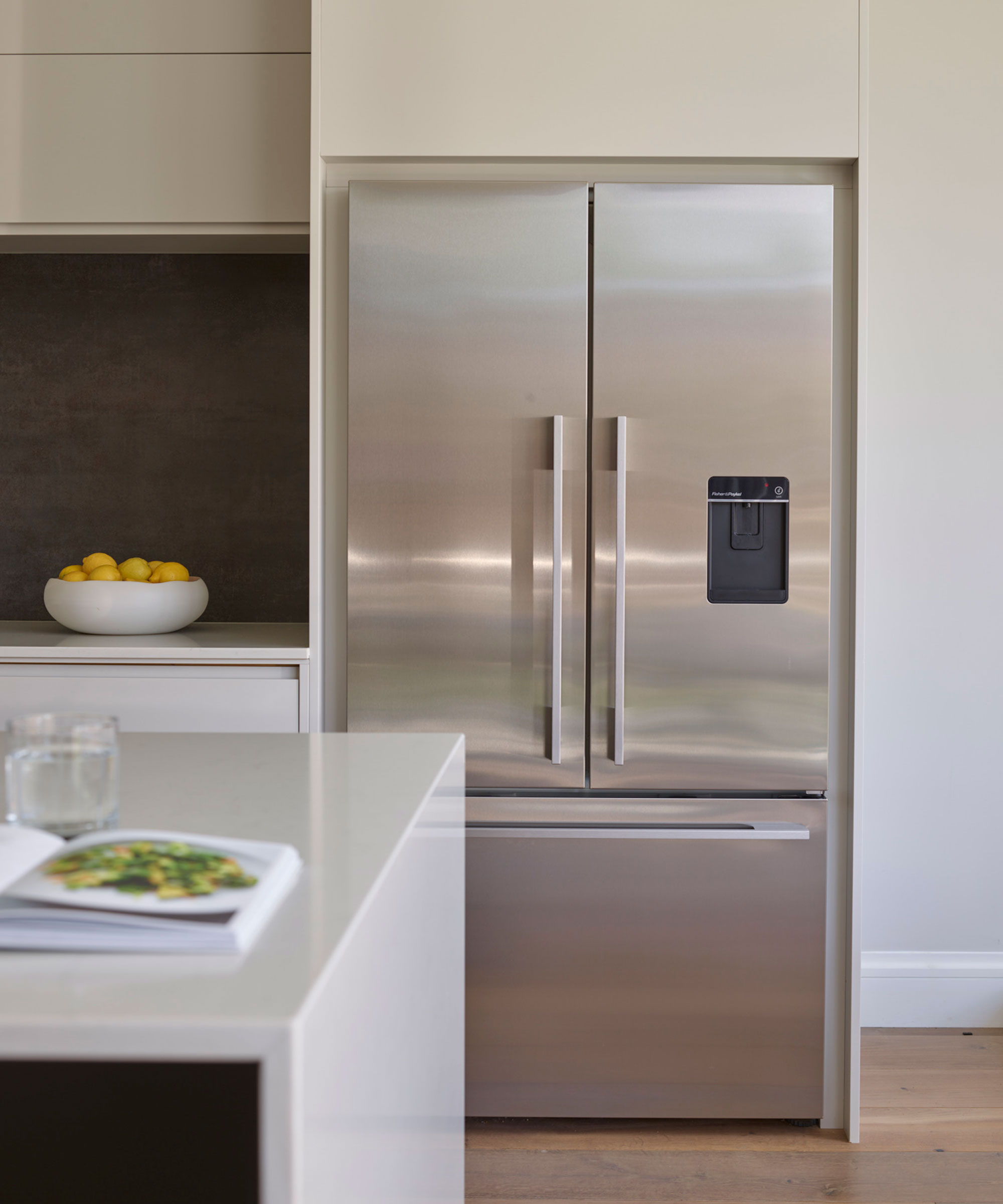
'Another helpful hack is to invest in stackable containers and bins specifically designed for freezer use,' says Jessica Randhawa. 'Organizing your freezer contents into these containers allows you to easily categorize and access what you need without wasting space.
Design expertise in your inbox – from inspiring decorating ideas and beautiful celebrity homes to practical gardening advice and shopping round-ups.
It's important to choose containers that are durable and designed to withstand low temperatures, ensuring they don't crack or break. Utilize adjustable shelves to accommodate varying sizes of items or add organizers to create individual compartments for different items and keep them visible. This will allow you to remove the whole shelf to find items stored at the bottom without having to carefully rearrange the whole drawer when you're in a rush.
Fridge Bins 8-Pack
Was $24.99, now $19.99 from Wayfair
Simplify your freezer storage with these handy, stackable bins.
3. Limit packaging to reduce deadspace
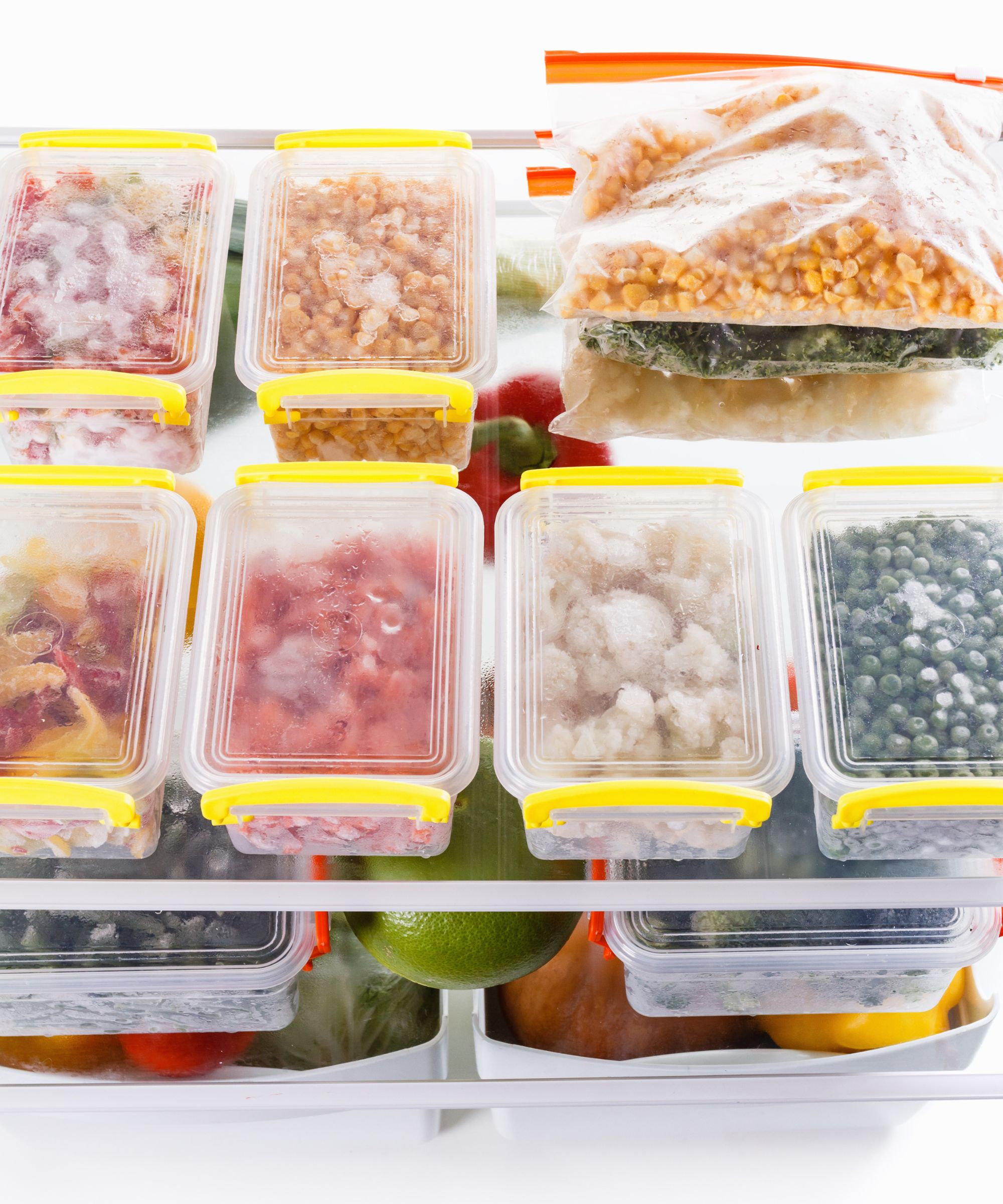
Another easy way to free up space in your freezer is to downsize the packaging you use to store food. If you freeze anything, break it down as much as possible and throw out or recycle any packaging.
You may find it useful to transfer food into smaller, fitted containers and consider vacuum-seal items in bags. This will take up less space and will make the freezer look more organized and less cluttered, which is why neglecting to do so is one of the things people with organized freezers never do.
Lerine 10 Pack Reusable Bags Silicone
$13.99, $11.47 at Amazon
Swap out plastic bags for these reusable silicone alternatives.
4. Store items in vertical deadspace
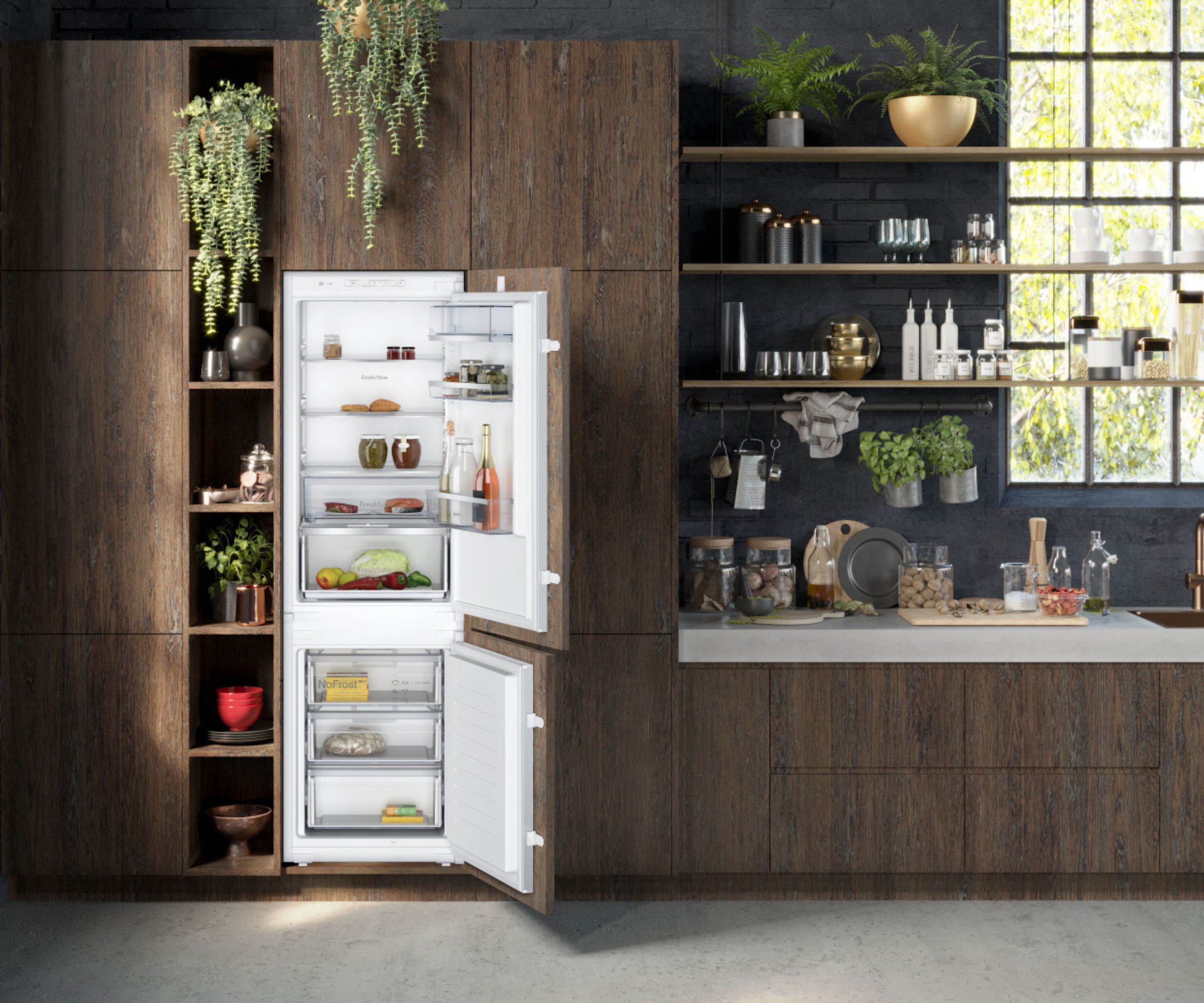
Instead of throwing bags on top of bags in your freezer, try utilizing vertical dead space by hanging a few of them from your shelves using binder clips, hooks, or slide-on drawers. This way, the bags won't pile up on the shelves, and you can make excellent use of the empty space.
Retractable Drawer Refrigerator Storage Boxes
$26.99 from Amazon
These useful clip-on storage boxes take advantage of otherwise dead space in your freezer.
5. Create strategically organized system

It pays to be strategic about how you organize your freezer. Aside from making use of clear, stackable containers and storage bins, you may find it helpful to label and categorize frozen goods. You can use this SUPVAN E10 waterproof label maker, from Amazon, to make the process easier.
Categorizing your frozen foods into sections such as meats, vegetables and desserts based on temperature zones within the freezer can make locating items easier and preserve food quality. For instance, designate a specific area for quick-grab items like frozen fruits and place bulkier items in deeper sections.
6. Maintain and regularly declutter your freezer
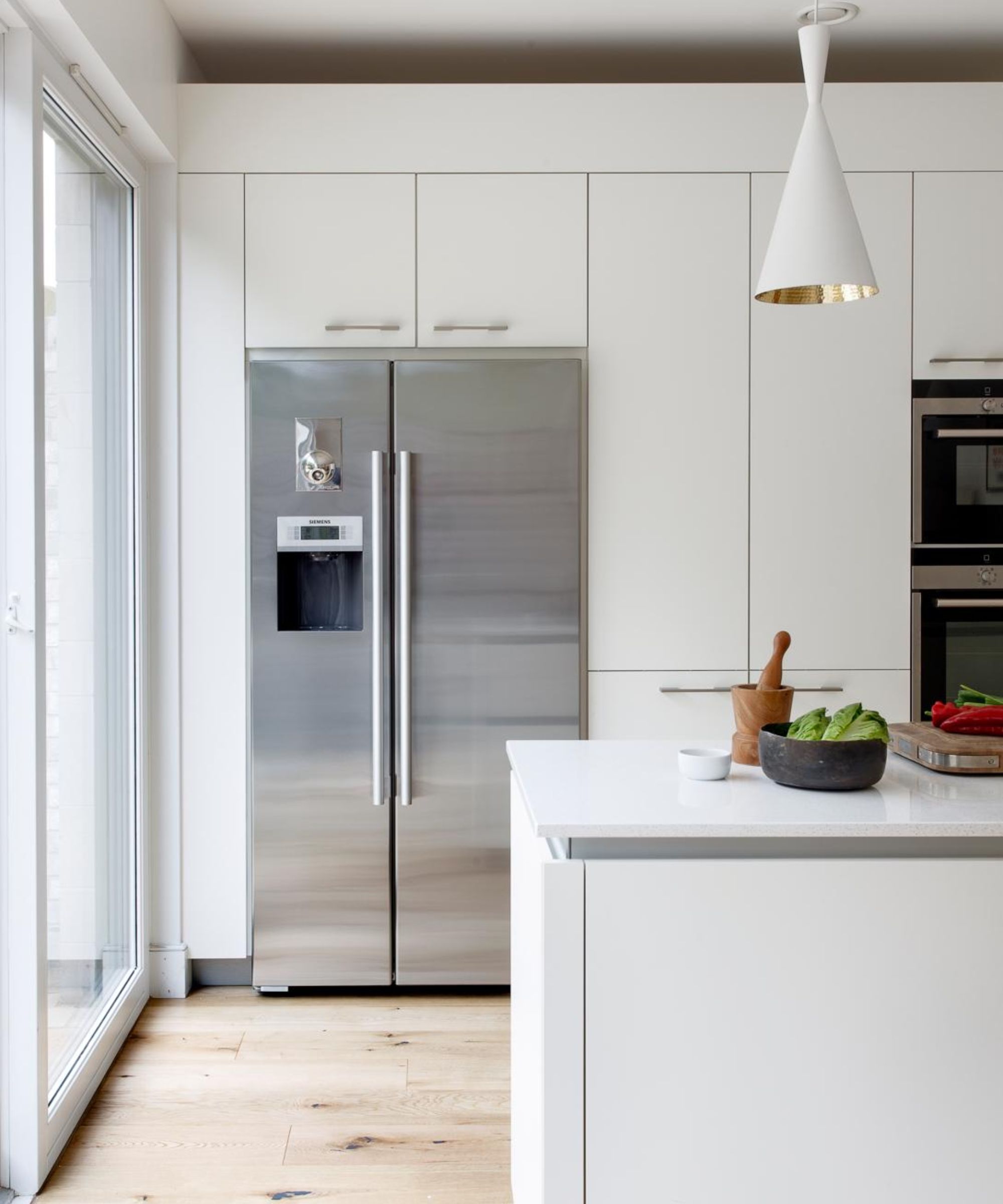
Ice build-up in a freezer can drastically reduce the available space, so regularly defrost your freezer to avoid this issue.
Speaking of wasted space, it's a good idea to remove expired contents or things you suspect you will never use to make room for other items. Regularly check and rotate what you have to ensure you use older products first, and mark expiry dates with clear labels to minimize food waste. Adopting a first-in, first-out system can prevent items from getting buried and forgotten.
'Consider introducing a 'use-first' box in your freezer or fridge,' recommends Jessica Randhawa. 'Place items that should be used sooner rather than later in a designated box or area within the freezer. This not only helps to prevent freezer burn but also makes it easy to see what needs to be consumed at a glance, keeping your freezer organized and your meal planning on track.'
Finally, keep an account of what's in your freezer. Whether you keep a written checklist on the inside of your fridge or scribbled on a chalkboard, this will keep you from purchasing duplicates. Mindful consumerism is always a great way to save storage space.

Lola Houlton is a news writer for Homes & Gardens. She has been writing content for Future PLC for the past six years, in particular Homes & Gardens, Real Homes and GardeningEtc. She writes on a broad range of subjects, including practical household advice, recipe articles, and product reviews, working closely with experts in their fields to cover everything from heating to home organization through to house plants. Lola is a graduate, who completed her degree in Psychology at the University of Sussex. She has also spent some time working at the BBC.
